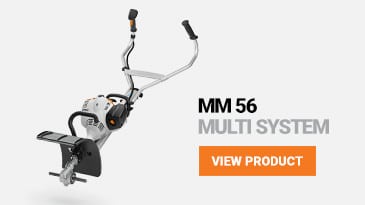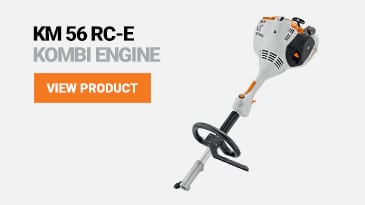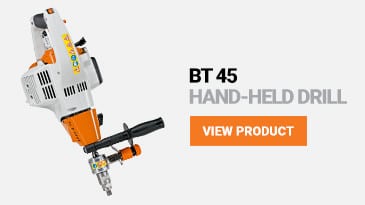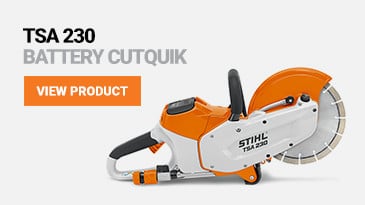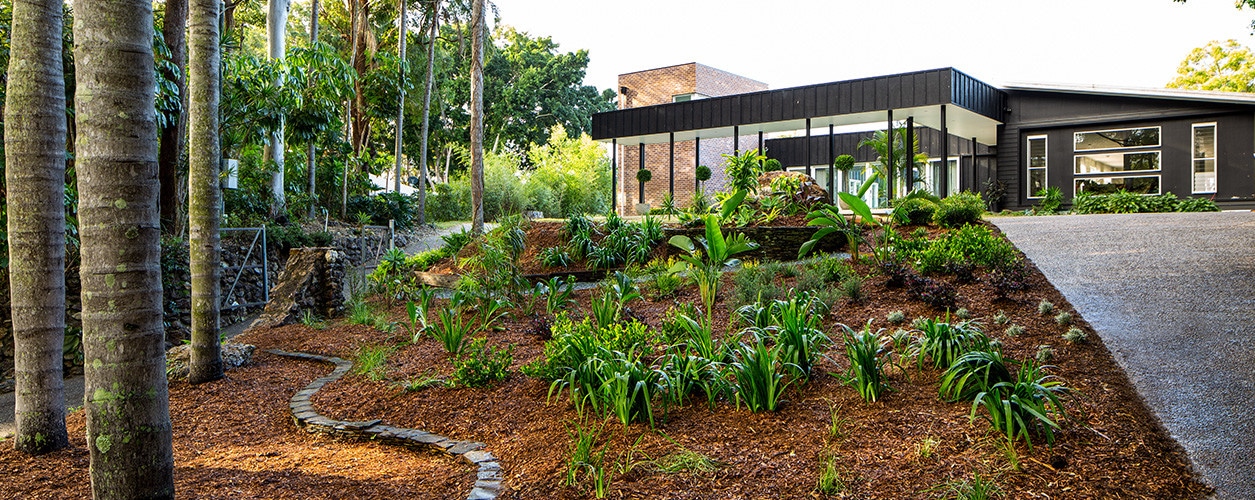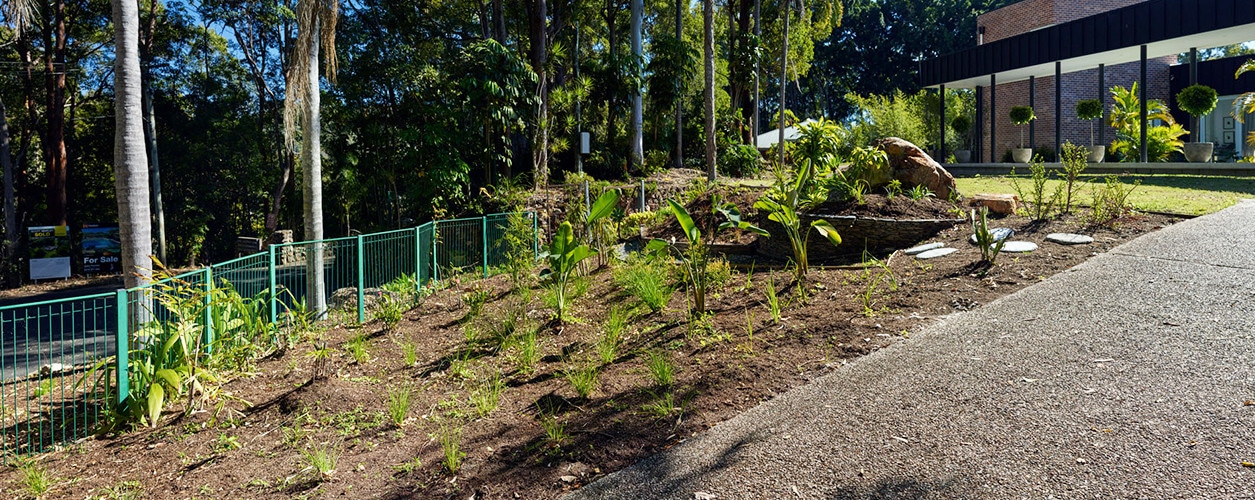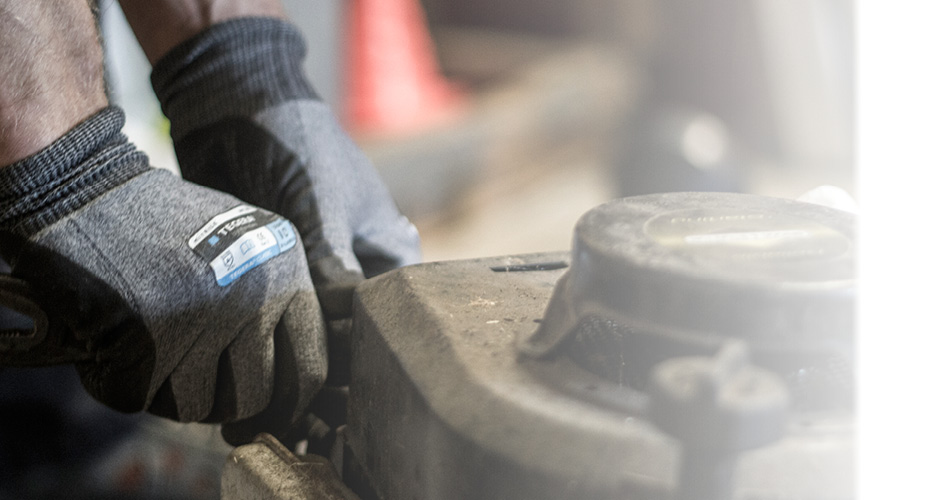Week 3 is jam packed with wonderful techniques to work on your soil by weeding, aerating and enriching so your soil is ready for planting out. Enjoy the read and pop on in to our store where you can touch, hold and view the Stihl range in person, our Sales Manager is trained to provide you with information on the full Stihl range available to you.
Week 3
Weeding, Aerating, Enriching and Planting
Once the trimming of trees, shrubs and hedges is done, you will need to turn your attention to the soil in your garden beds.
It’s great to have a plan from the outset when it comes to the area that you are going to work on. This plan should include;
- What plants will be staying
- How many new plants you’ll need
- What type of plants you’ll need
- What other materials are required, e.g. manures, bulk soil, fertilisers, compost or even bark chip for the finishing touches
- The tools you’ll need for the initial clearing to make the job as easy as possible.
As the weather warms up, so does the soil! And once the soil starts to warm up, the nutrients begin to become available for the plants to use. The plants and trees in your garden absorb moisture and nutrients through their root system, making the soil one of the most important aspects of your plant’s health. It needs to be aerated and loose, so that oxygen and water can easily be accessed by the plant’s root system.
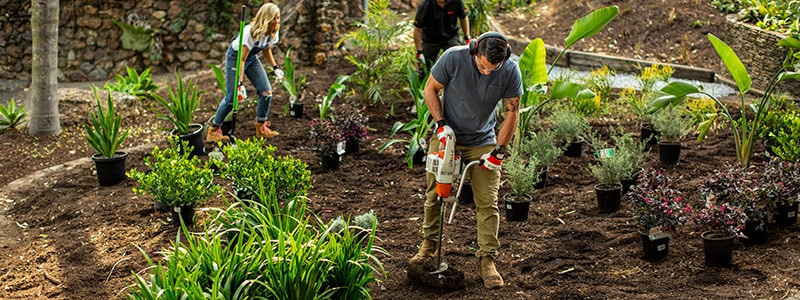
The first step is to assess the garden bed you are working on and work out which shrubs are to stay and which ones will be removed. Some plants are happy to be relocated, whereas others prefer to stay put. For the plants that you want to move, grab a sharp spade to dig out a good root-ball (its best to try and keep the root-ball in tact), and get the spade underneath the plant and roots. Most plants will benefit from a cut back before moving them, reducing the foliage by around 25%. Use a hedge trimmer or pair of shears to do this properly and make sure you give the plant a deep watering the day before you are going to transplant it. This will help the soil and root-ball stick together when you are transplanting it.
Next, all the weeds need to be removed from the garden. You can do this by hand using a spade or trowel, or by using an organic herbicide and a garden sprayer a week or so before.
Once the area has been cleared of weeds and unwanted plants, the soil now needs to be turned ready for enrichment with compost. This can be done with some good old fashioned hard work using spades and garden forks, or you can use the STIHL MultiSystem or KombiSystem with the cultivator attachments.
Any organic matter is great for enriching the soil, including composts from your compost bin, manures, worm juice, or bagged products from your local nursery. Cow manure is a really effective product, and is a natural product with a neutral pH. This means that it is suitable for most plants, including natives and can be used freely throughout the whole garden. Chicken manure is a little more acidic and suitable for plants that like an acidic pH such as Azaleas, Daphnes and Camellias. It also works a treat on veggies and herbs. At the other end of the scale there is mushroom compost, which is on the more alkaline side. Plants that suit this ph include May Bush, Lilacs or Hydrangeas. Make sure you use the appropriate personal protective equipment when using organic products, including gloves, eye protection and a mask.
Once the manure, composts and organic matter has been spread over the garden bed, it all needs to be mixed together. The idea is to create a lovely loose, aerated and rich soil mix, with all the new and old ingredients mixed together. Using the STIHL MultiSystem with the bolo tines attachment, run over the garden bed two to three times to a depth of approximately 10-20cm. The aeration of the soil allows air and water to move through the mix easily, allowing the roots to absorb the goodness.
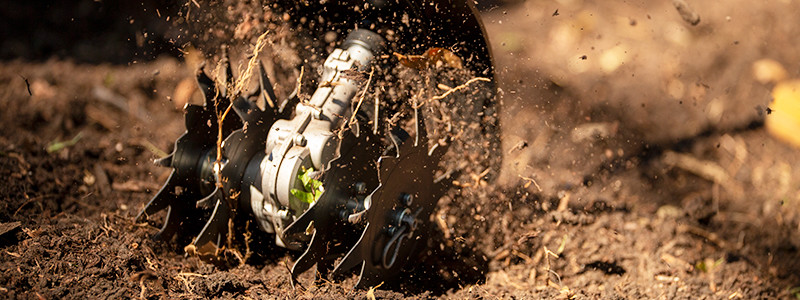
Once you have finished with the mixing, give the area a general level using a rake or a screed, so the garden bed is at the finished level you are looking for. Set out your plants out in your desired layout including the transplanted shrubs that were in the bed originally. Dig a hole suitable for the size of the plant that is being planted (normally the hole needs to approximately double the size of the root-ball), and bury it to the level at the top of the roots. If you’re planting a large number of plants, a STIHL earth or planting auger is a great way to save time and effort.
A layer of mulch is always recommended, especially in a garden that has been aerated and enriched. Weeds love the fresh rich soil, and need to be supressed. There are loads of mulches available, ranging from woodchip, cypress mulch, sugar cane or lucerne, and their purpose is to supress weeds and keep the soil nice and moist. Spread a think layer over the gardens before giving the whole area a big drink.
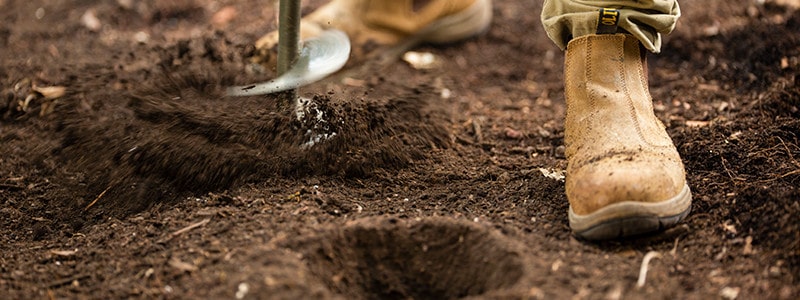
Once the soil has been turned, enriched with organic matter, aerated and then mulched, you will see loads of fresh foliage coming through. Roses will form flower buds, annuals will be flowering and herbs and veggies sprouting. Remember that your shrubs, hedges and trees will need to be regularly trimmed and shaped too.

